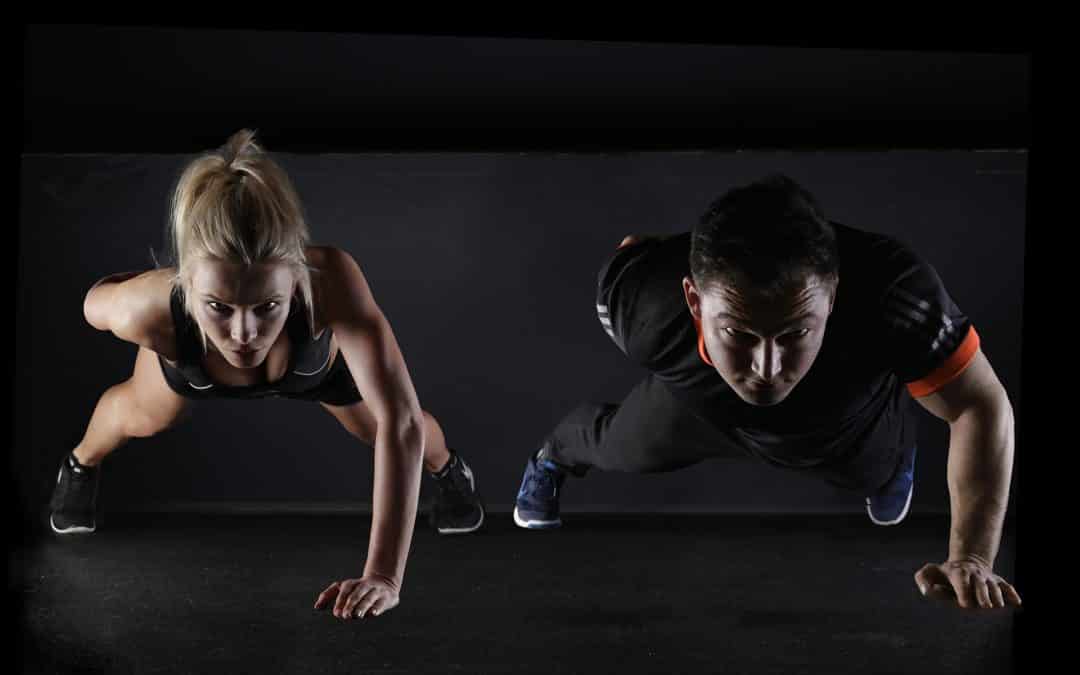High-intensity interval training (HIIT) is taking over gyms across the country. This extreme workout alternates between bursts of intense activity and periods of lesser-impact exercise for a full-body roller coaster experience.
Though powerful in burning calories and building muscle, HIIT remains a popular choice for beginners and seasoned gym-goers alike. But is it the best choice for your fitness goals?
Here’s what you need to know about high-intensity interval training and how you can reap its benefits without jeopardizing your health.
What is High-Intensity Interval Training?
HIIT is typically offered in group class settings in gyms and health studios. It’s not an easy class to jump into if you’re new to exercising, yet newbies find it a viable option to get their feet wet quickly and reach their body goals faster.
The actual movements and exercises in a HIIT workout can vary. For example, running for one minute and resting for two minutes fits the bill of HIIT training. Moves can take many forms, from planks and mountain climbers to jump squats and walking or running.
HIIT sessions are usually offered in 30-minute increments, though beginners are encouraged to do less and work their way up to a full class.
Benefits of a HIIT Workout
High-intensity interval training has become a workout of choice for men and women of varying age groups for one simple reason: it’s highly effective, no matter your body and health goals.
For starters, it’s a desirable way to burn more calories in less time, maximizing every minute you spend at the gym. The intensity of the workout kicks your body into overdrive so you continue to burn calories and fat as long as 24 hours after your session.
If you’re trying to lose weight, you’ll be glad to know that HIIT helps you burn fat without losing muscle. It also stimulates your metabolism to help you burn fat faster, while strength-training exercises encourage muscle growth (which also helps to shed fat).
Even better, since there’s no equipment involved, you can do HIIT workouts at home or at the gym.
What to Expect from Your First HIIT Workout
If you’re trying HIIT for the first time, prepare yourself for a wildly rewarding workout.
During high-intensity portions, make sure you’re giving each exercise 100%. These spurts only last 15-30 seconds each, and you’ll want to get as much benefit as possible. Wear comfortable clothing and be prepared to work hard.
After your workout, your body enters a rebuilding mode to repair muscles and regulate oxygen. Plan to eat some complex carbs like whole grain bread to restore glycogen levels.
How to Protect Your Health When You Exercise
Whether you’re heading into your first HIIT class or you’ve been shredding at the gym for months, the last thing you want to do is put your health at risk and end up not being able to exercise at all.
To protect your health, make sure you don’t skip the warm-up and cool down cycles. Stretch before and after each workout to avoid lactic acid buildup that can cause muscle soreness. Stretching also helps make your muscles more pliable to reduce your risk of injury.
Remember that exercise should never be painful. If you start feeling pain, you should stop doing that movement and try something else. The “no pain, no gain” mentality doesn’t apply here, as pain will almost always get worse, not better.
Also, getting regular chiropractic adjustments can relieve the stress and trauma you place on your body during high-intensity interval training. Stay in exercise-ready condition so you never have to miss a chance to do your health a favor.


